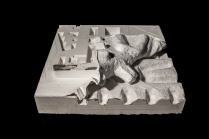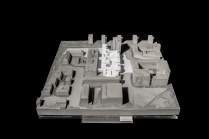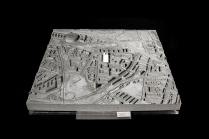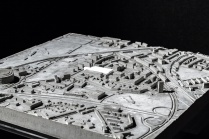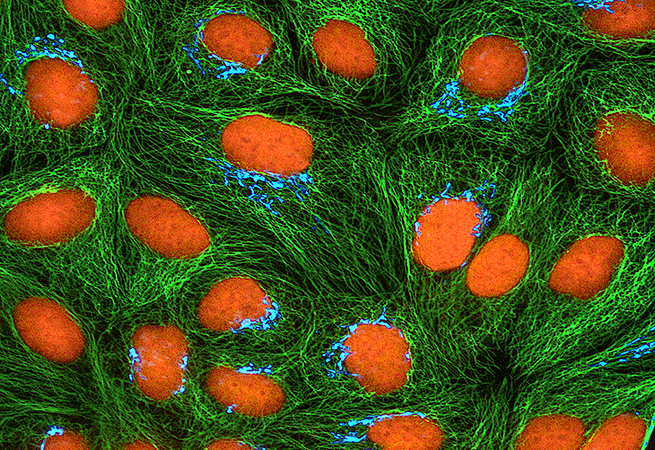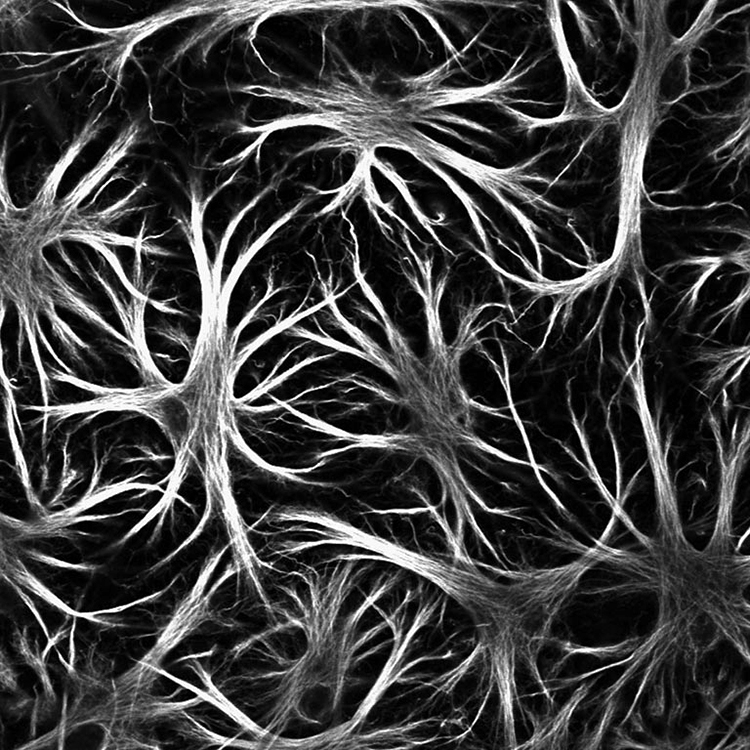Difference between revisions of "project01:Frontpage"
(→VI. Combination Wood) |
(→VI. Combination Wood) |
||
| Line 174: | Line 174: | ||
<p class="justify"><i>Confocal microscopy image of cultured HeLa cells expressing CFP targeted to the Golgi Apparatus, made by Michael Davidson. Cells were immunolabeled for tubulin (green) and counterstained with propidium iodide to label DNA (orange). The Davidson Lab made thousands of conventional fluorophores constructs such as this CFP, and most are available from the nonprofit depository Addgene.</i></p> | <p class="justify"><i>Confocal microscopy image of cultured HeLa cells expressing CFP targeted to the Golgi Apparatus, made by Michael Davidson. Cells were immunolabeled for tubulin (green) and counterstained with propidium iodide to label DNA (orange). The Davidson Lab made thousands of conventional fluorophores constructs such as this CFP, and most are available from the nonprofit depository Addgene.</i></p> | ||
| − | [[File: To_the_Golgi_We_Go.jpg | 850px]] | + | [[File: To_the_Golgi_We_Go.jpg | 850px]] |
| + | |||
<p class="justify"><i>MIT researchers try to understand PTCHD1’s normal function in order to better understand its role in the disease. Their preliminary results suggest that PTCHD1 may be expressed in glial cells (shown here), which provide support and protection for neurons in the brain.</i></p> | <p class="justify"><i>MIT researchers try to understand PTCHD1’s normal function in order to better understand its role in the disease. Their preliminary results suggest that PTCHD1 may be expressed in glial cells (shown here), which provide support and protection for neurons in the brain.</i></p> | ||
[[File: Patch_of_Light.jpg | 850px]] | [[File: Patch_of_Light.jpg | 850px]] | ||
Revision as of 22:17, 11 March 2017
Benjamin Kemper
Running Out Of Gas On The Fast Lane
Repurpose of abandoned drilling rigs in the North Sea (in 20-50 years)
Humans are facing the dangerous consequences of the climate change. Especially the population of the Netherlands, which has to face rising sea levels. An undesired, nor not impossible scenario, would be the loss of livable land due to flooding. The loss of building and living area would result in drastic changes to the means of life. On the one hand, we need to research possibilities to slow down the process, and also change our way of life. However, on the other hand, we must look for concepts and design proposals to support a lifestyle with radical climate changes.
Our society, human behavior, and cities are changing due to the exponential progress of technology. How are we going to live in a future, and which role will architecture play in an augmented world? It might emerge as a balancing act between utopia and dystopia, between the total dependency and repression of the machines and the freedom to achieve more than we ever imagined. Society’s addiction to technical devices emphasizes the urgency at hand to begin to work with new technologies instead of denying the process categorically.
Status Quo: http://rbse.hyperbody.nl/index.php/project01:P2
Soft Architecture Proposal
I. Prototype Fragment
II. Silicone Expertise
Traditional Silicone Casting
Bachelor thesis in cooperation with Luisa Roth @ Technical University of Cologne
Silicone Molds + Counter Plaster Forms:
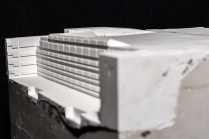
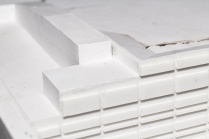
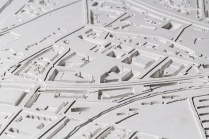
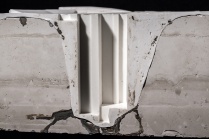
Making Of:
Pneumatic Silicone
Swarmscape - MSc1 project in cooperation with Mindaugas Arlauskas, Olav van der Doorn, and Daniel Fischer @ hyperbody, TU Delft
Prototype:
Making Of:
III. Silicone
Company
Wacker Silicones
Recipe (Components)
IV. Architecture/Design References
IAAC - Soft Skin
Inflated Silicone Skin + Façade Section:
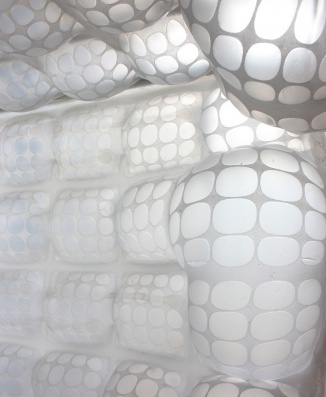
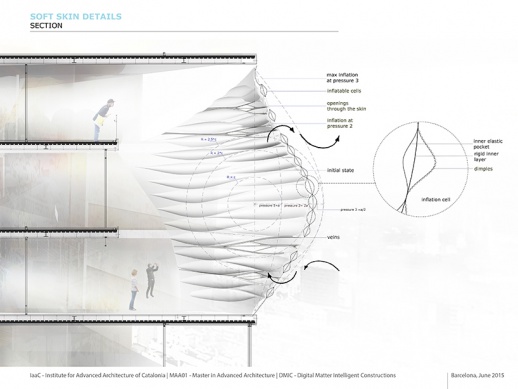
Nameless Architecture - The Door
Silicone Door (Reinforced Epoxy Resin, Translucent Silicone Resin + Steel Wire):
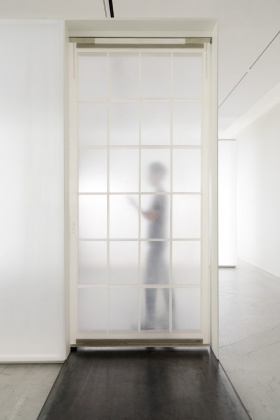
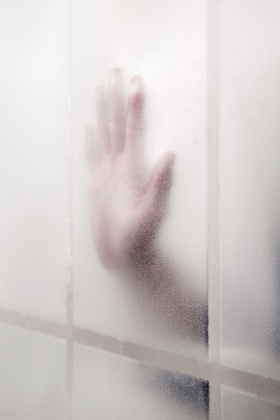
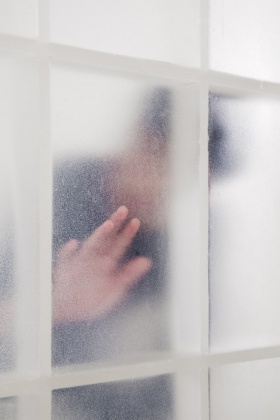
Product Video:
Harvard Bio Design Lab/Soft Robotics Toolkit - Cardiac Simulator
Artificial Silicone Heart + Muscles:
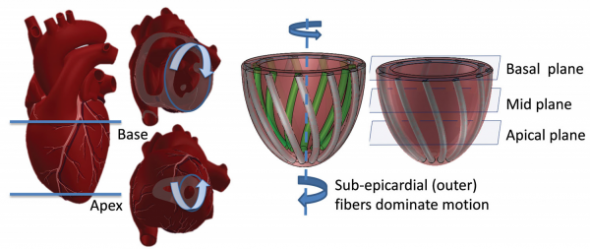
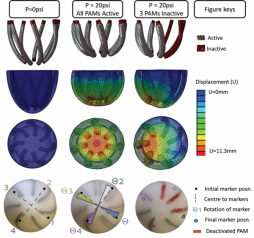
A Bioinspired Soft Active Material and Cardiac Simulator:
V. Silicone 3D Printing
Reference
ACEO® 3D Printing
Proposal
Large scale 3D printing of silicone on double curved surfaces
First steps 3D printing siliocne on double curved membrane
![]()
![]()
Further steps + modifications to a responsive skin
![]()
![]()
![]()
![]()
![]()
VI. Combination Wood
Inspiration
Microscopic exposures of cells and molecular biology
Confocal microscopy image of cultured HeLa cells expressing CFP targeted to the Golgi Apparatus, made by Michael Davidson. Cells were immunolabeled for tubulin (green) and counterstained with propidium iodide to label DNA (orange). The Davidson Lab made thousands of conventional fluorophores constructs such as this CFP, and most are available from the nonprofit depository Addgene.
MIT researchers try to understand PTCHD1’s normal function in order to better understand its role in the disease. Their preliminary results suggest that PTCHD1 may be expressed in glial cells (shown here), which provide support and protection for neurons in the brain.
